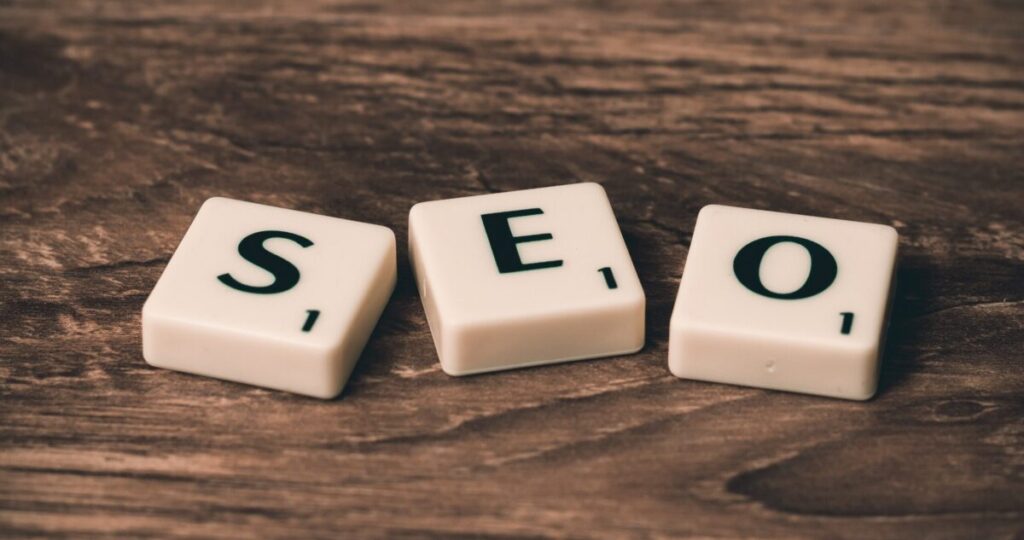Even though the internet that we see is only a fraction of all that is out there, as a business owner, it can often feel like there’s endless competition for getting the attention of potential and existing customers.
If you DON’T want your website to end up buried in the Google search result pages and you DO gain more traffic, you’re going to want to optimize your website, which is the ever-so-infamous process known as SEO.
SEO makes it so that your website has a better chance of being one of the first few hits when people are searching for topics related to your business.
Below, we’re looking at using SEO to get you and your business the recognition you deserve in the search engine’s result pages. (SERPs)
Narrow Down Your Keywords
It would be best to always do your keyword research before you start writing any of the content you will publish on your site.
Essentially, you’ll want to target keywords that have high monthly search volumes and low competition levels.
Keep in mind that these are terms that your target audience will be searching for, so try to think of terms that your potential customers might be typing into Google and create a list.
Then, use a tool like Moz’s Keyword Explorer or the Google Keyword Planner to find out which ones have high search volumes and low competition.
It’s also good practice to use specific keywords sparingly throughout your articles and posts rather than trying to stuff them all into the same blog post.
Keyword stuffing was once used as a way to trick search engines, but today, doing this can often get your site penalized, and its rankings may plummet.
Be Consistent
If you want people to keep coming back and looking at your websites, you’re going to have to give them enough content to warrant multiple visits.
Creating a content calendar and sharing it with your team is standard practice for managing a website or a blog for your business.
If you go for long periods without posting any content, your website rankings will generally begin to fall as your competitors create new content.
Don’t forget that consistency goes far beyond publishing schedules and SEO. You’ll also need to make sure that your site has consistent branding, logos, and graphics, which will only make it more memorable in the eyes of consumers.
Use Logo Creator for free to create your own custom logos and graphics.
Check it out here: www.logocreator.io
Building Backlinks
Backlinks are hyperlinks on other people’s websites that point people back to your own.
The more backlinks you have, the better.
Backlinks are sort of like a recommendation from a friend, which, in turn, lets Google and other search engines know that they can trust your website.
If enough brands and businesses are backing up your website by displaying your links, then you should expect a lot more traffic to your website.
For starters, this can drive visitors directly from their sites to your own.
But more importantly, the linking page shares its PageRank with the page it’s linked to, which means that you should, hypothetically, get a boost in the search engine rankings!
Create Valuable Content
If you’re not posting content that people will want to read, you may as well be giving up before you’ve even started.
When someone logs on to a website that’s meant to be about ballet only to find an article about heart surgery, they are sure to be more than a little confused.
Each blog post and piece of copy you associate with your brand must match up with and emphasize what your brand is all about!
Creating valuable content works in two ways to benefit your business.
For starters, it gives your visitors something interesting to read while they’re on your site.
And secondly, the more time they spend on your page, the better your website will look in the eyes of the search engines, which should also give your content a boost in the rankings!
Generating Traffic With SEO
Once your website is optimized to become one of the best search results on Google or other search engines, you’ll eventually start to see a ton of free, organic traffic flooding your website.
However, once you get a boost in traffic, you must continue to implement SEO best practices and optimize any new pages or blog posts so both your current and prospective customers will be able to find them in the search engines!

